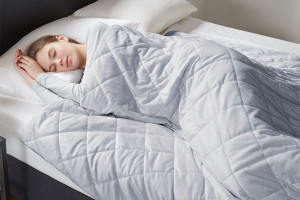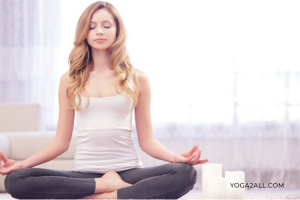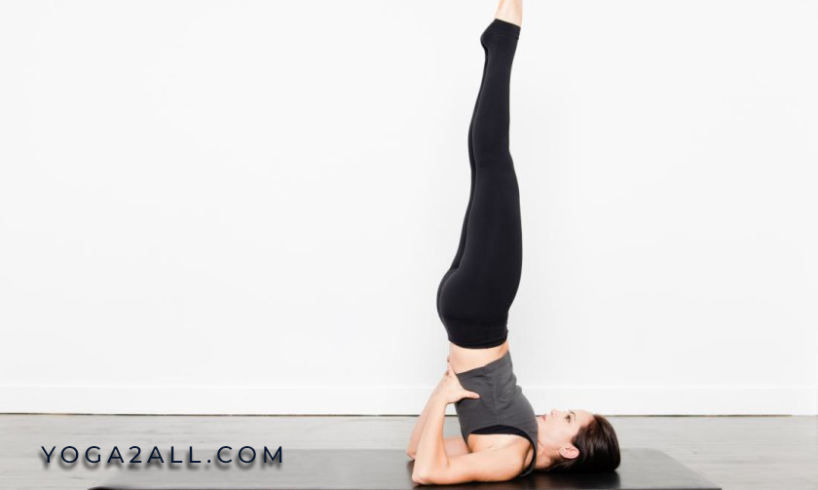
Yoga is known to be beneficial for the mind and body including improving core strength, flexibility, and stress levels. But did you know it also can help you sleep better? If you have been longing for a good night’s sleep (especially if you suffer from insomnia), yoga might be your answer.
According to the Mental Health Foundation, they found over 30 percent of the population suffers from insomnia or other sleep difficulties. Insomnia is defined as difficulty falling asleep and/or staying asleep or sleep of poor quality. There are numerous causes of insomnia (psychoactive drugs, caffeine, nicotine, hormone shifts, stress, etc.).
Yoga promotes regular and restful sleep patterns without medication. When you perform yoga on a daily basis, you sleep for longer, fall asleep faster, and return to sleep more quickly if you wake up in the middle of the night. With yoga, you can finally relax, breathe and sleep well.
If you want to work yoga into your bedtime routine, it’s important to do the right kind. There are various types of yoga exercises for you to try, see below:
- Supported Downward Dog Pose
For this pose, you will be kneeling on all fours, hands in front of your shoulders. Tuck your toes under and, on exhalation, straighten your legs, raise your hips and lengthen your spine. For additional comfort, place a bolster or folded blanket under your head.

- Supported Forward Bend Pose
Sit cross-legged on your mat and rest your forehead in your folded arms, which are resting on a folded blanket. For those who are less flexible, rest forehead in folded arms on a folded blanket on the seat of a chair. You can also do this pose with straight legs.

- Supported Legs up Wall Pose
With your back laid flat on the ground, place your legs up on the wall while making sure your legs are up straight (90-degree angle). Relax into this position for at least 30 seconds and focus on your breathing.

- Supported Child’s Pose
Kneel on your mat, buttocks on heels, and come forward to rest on a bolster or cushion with your trunk and head supported. Place your head on one side and then switch to the other.

- Reclining Bound Angle
Lie on your back with knees bent. Press the soles of your feet together and let your knees drop open to both sides (like a diamond shape with the legs). For comfort, put a bolster or blanket under the knees to support them. Keep arms relaxed at sides, palms upwards.
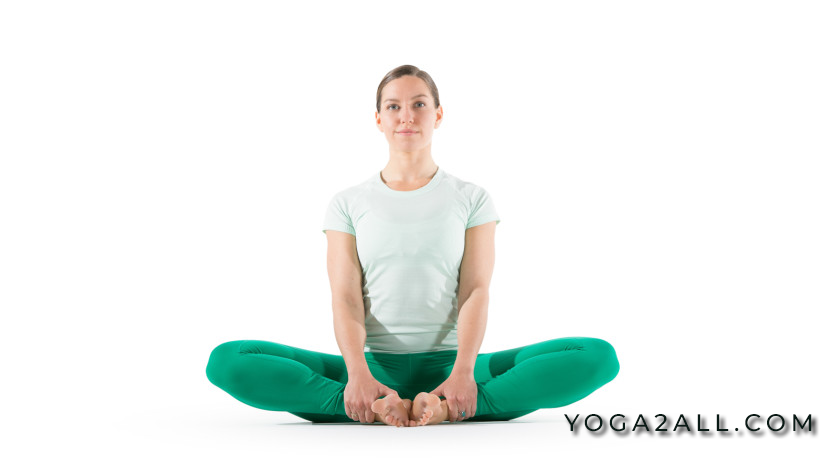
- Seated Twist
Use your yoga mat and/or sit on a bolster/cushion with legs straight out in front of you. Place left hand on right knee and right hand on the floor behind your tailbone. Bring your right knee upward and gently twist your torso to the right from the waist, lastly look over the right shoulder. Now switch sides and repeat.

- Lying Twist
Lie on your back with arms straight out at shoulder level, palms up. Pull your knees together, and place them to the right of your body so that they are rested on the ground. After 30 seconds, bring your legs to the other side and repeat. Please note, that when your legs are placed on the right side of your body, your head is turned to the left, and vice versa.
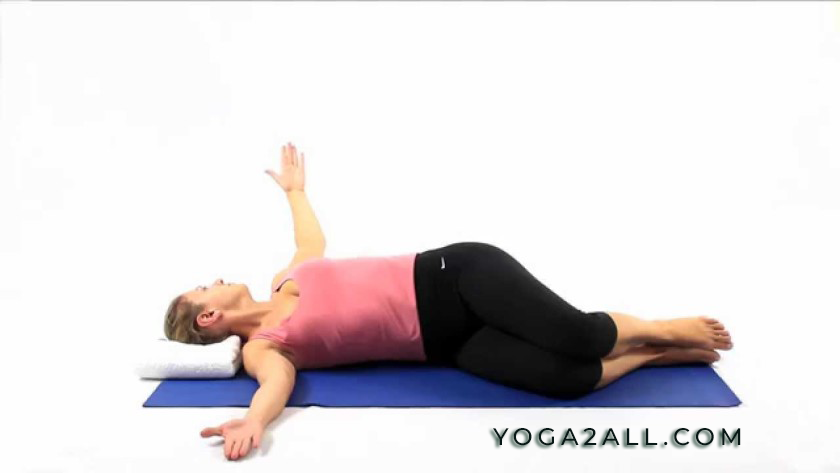
- Happy Baby
Simply lie on your back and bring your knees into your belly. To create resistance, flex your heels while pushing your feet up into your hands. Gently push your feet up into your hands to create a good stretch.
So what is the relationship between yoga and better sleep patterns, you ask?

Lack of sleep at night due to sleep disorders or irregular sleeping patterns can be caused by a number of factors related to the body, mind or soul – which are the main contributors on an individual’s wellbeing.
With yoga exercises (the ones above) can absolutely help improve the coordination of these three main parts, as well as the well-needed cure to various sleep disorders. However, in order for it to be effective, one must perform these exercises regularly – eventually incorporate it into your everyday lifestyle.
So, how does it help, exactly? Sleep is associated with the mind and it is recommended that individuals first be at peace with their minds if they are to handle sleep disorders. In addition to these yoga proven exercises, they include regular breathing exercises, book reading, and meditation with a silent or slow music background.
An excellent way to relax the body and speed up the process of falling back asleep is to practice breathing exercises.
Some breathing exercises include:
- Three-Part Breath (Dirga Pranayama): Breath in and out with a full capacity of your lungs – helps you to become aware of your breathing patterns.
- Lie on your back for the best experience. Close your eyes, take a big inhale and let first your belly expand, then you’re lower ribs and finally your chest up to the top of the base of the sternum.
- Afterward, exhale and release the chest, ribs and finally belly. Repeat.
- Humming Bee Breath (Bhramari): This breathing helps to reduce tension and stimulates the pineal gland that controls sleep patterns. This also helps to release hormones such as melatonin and serotonin.
- Place hands over eyes and thumbs over ears while applying pressure.
- Take a deep inhale and making a humming sound as you exhale. You can do this on repeat, slow and steadily.
- Alternate Nostril (AnulomaViloma)
- Helps to soothe the nervous system, balances the breath flow and helps clear the nasal passages.
- Take your right hand and place index and middle fingers in the center of palm and extend thumb and fourth finger. Gently position your thumb on your right nostril, and then exhale through the left nostril for about six counts. Afterward, inhale through the left nostril for about three counts; lastly, with fourth finger and thumb, cover both nostrils while holding the breath for nine counts. Repeat as needed.




